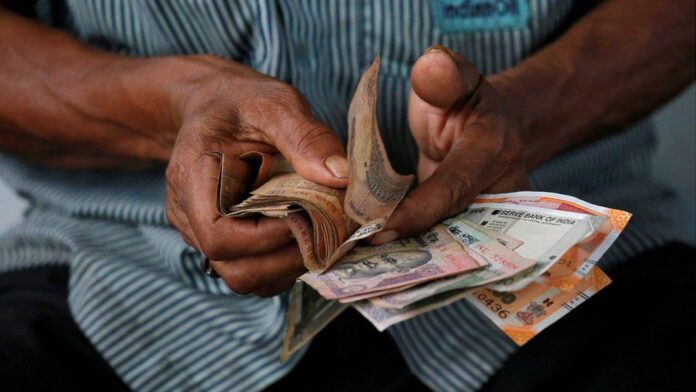Can a country get rich by printing of money?
Can a country eliminate all national problems like poverty by printing more money?
Major economic problems will arise when a whole country tries to get rich by printing more money. Prices go up if a country prints more money without making more things. People will need more money to buy the same amount of goods.
The sellers will just raise the prices even if everyone gets more money to spend. Hence, printing more money doesn’t mean that more people can afford to buy them.
When countries starts printing more money, prices rose faster, until these countries started to suffer from something called “hyperinflation”.
The printing of money should always match the total production of goods and services in the country. Inflation can destroy the economy if there is a mismatch between production and demand.
This situation happened recently in Africa, Zimbabwe, Venezuela, and in South America, when these countries printed more money to try to make their economies grow.
Prices rose as much as 231,000,000% in a single year when Zimbabwe was hit by hyperinflation, in 2008.
No government can print money to get out of a recession. Money is a facilitator of exchange between people, a middleman in a trade. We would not need money if goods could trade with goods directly, without a middleman. The terms of trade between money and goods is only affected if you print more money. What used to cost $1 now costs $10. Nothing fundamental or real has changed.
What Is Hyperinflation?
Hyperinflation describes an economy’s rapid, excessive, and out-of-control price increases. Hyperinflation can cause a price spike in basic goods. Hyperinflation is when prices rise at a rate of more than 50% each month. Normal inflation is tracked in monthly price rises, whereas hyperinflation is recorded in exponential daily price increases that can range from 5% to 10% per day.
Major factors to be considered while printing new currency
Inflation
Inflation is the increase in the prices of goods and services over time. It’s an economic term that means you have to spend more to buy a commodity. Inflation increases your cost of living as it reduces the purchasing power of each unit of currency.
And excessive money in supply can actually lead to ‘ hyperinflation ‘
Gross Domestic Product
GDP is the final value of the goods and services produced within the geographic boundaries of a country during a specified period, usually a year. GDP growth rate is an important indicator of the economic performance of a nation.
GDP is another critical factor that affects the amount of money to print in the economy. The government prints money of the same value, as its value has gained into their economy or, in a simple way, GDP. So, rising economic productivity increases the value of money in circulation since each currency unit can later be traded for more valuable goods and services.
Minimum Reserve System
Under the Minimum Reserve System, RBI can give the limitless measure of currency by keeping the reserve. Yet, RBI observes some rules or rules for giving new monetary standards dependent on financial development and transaction needs of the individuals.
Coordination between RBI & GOI
RBI discusses with the Government of India with respect to the denomination, designing, and security features of the banknotes to be printed in the country and circulated.
Conclusion
Raising the money supply excessively is not a smart idea for the economy.
It is never a beneficial move to expand the money supply in the economy without increasing the Amount of goods and services produced.
So, to become wealthier, a country must produce and sell more goods and services. This allows more money to print safely, allowing customers to purchase those extra items. This is how a government determines the amount of currency that will print and circulated in the economy
Apart from that, if you are interested to know about Demat Account then visit our Finance category.

















